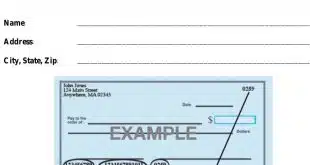The world currently has 40 real-time payments systems versus only 25 just a year ago, payment processor Fidelity National Information Services Inc. (FIS) reported Wednesday.
What’s more, five such programs are under development, and another 16 should be live in 12 months to 18 months, Jacksonville, Fla.-based FIS says in its new “Flavors of Fast Report 2018.” The number of such systems has nearly tripled since FIS did its first annual report assessing the market in 2014. Japan initiated the world’s first real-time payment system back in 1973, with South Korea and Switzerland following in the 1980s, according to the report.
FIS considers the United States to be one of the newest members of the fast-payments club by virtue of The Clearing House’s Real-Time Payments service going live last November. FIS is one of TCH’s processing partners.

Other new systems that have launched over the past year are in Australia and a number of European countries within the Single Euro Payments Area participating in the SEPA Instant Credit Transfer service. Coming soon is Canada, where a real-time payments service overseen by the Payments Canada organization is expected to be live by the end of 2019, Elena Whisler, head of global product management, Open Payments, at FIS tells Digital Transactions News.
New technologies, including artificial intelligence, open application interfaces, chatbots, blockchain, and even quick-response codes are all playing a role in the proliferation of real-time payment systems, according to Whisler. “It is quite apparent we are getting bombarded with new technological developments that are allowing things to happen,” she says.
Government mandates also have played a key role. “I would say the United States is the exception, not the rule, says Whisler. “The large majority is mandated.”
The Federal Reserve pushed for but did not mandate real-time payments in the United States. Instead, it played the facilitator role through its Payment System Improvement project that kicked off in 2015. The project created a process under which banks, processors, vendors, and tech companies came up with ideas for faster and more secure new systems, with the goal of nationwide service by 2020.
Malaysia, which has a government mandate, began planning for a real-time payment system only in April, with the resulting service expected to go live next month, Whisler says.
At least half of the real-time systems use the ISO 20022 standard, according to Whisler. The standard enables a substantial amount of remittance information to be included with the payment.
FIS defines a real-time payment as an irreversible interbank transaction in which confirmation is available in one minute or less.




